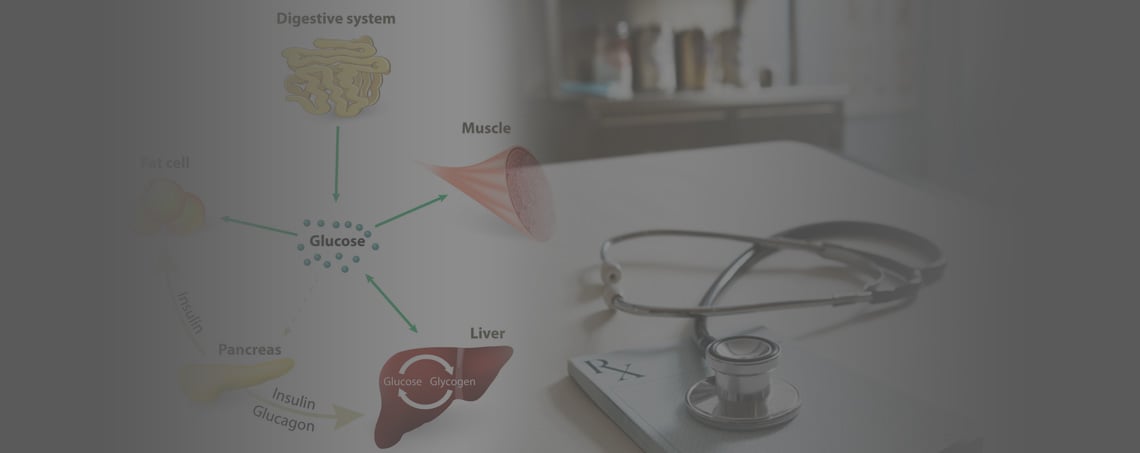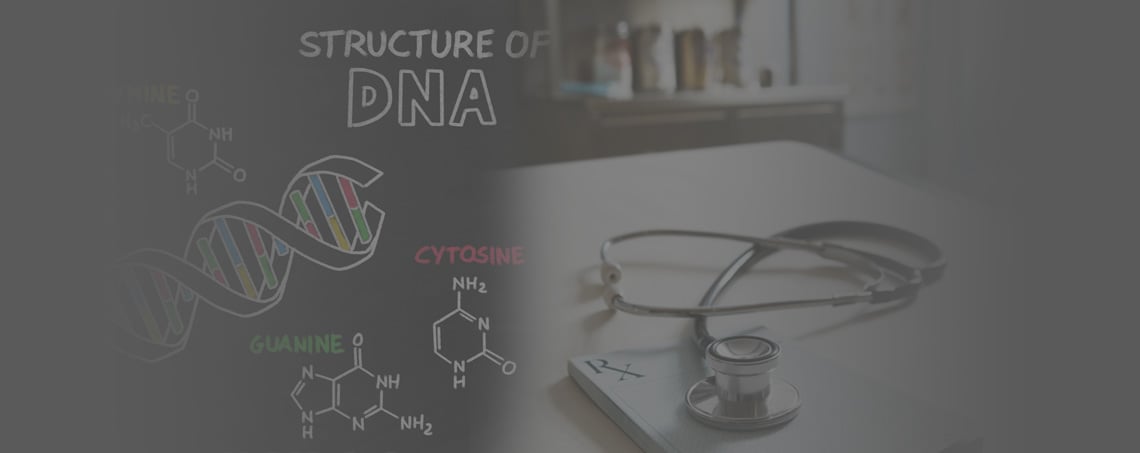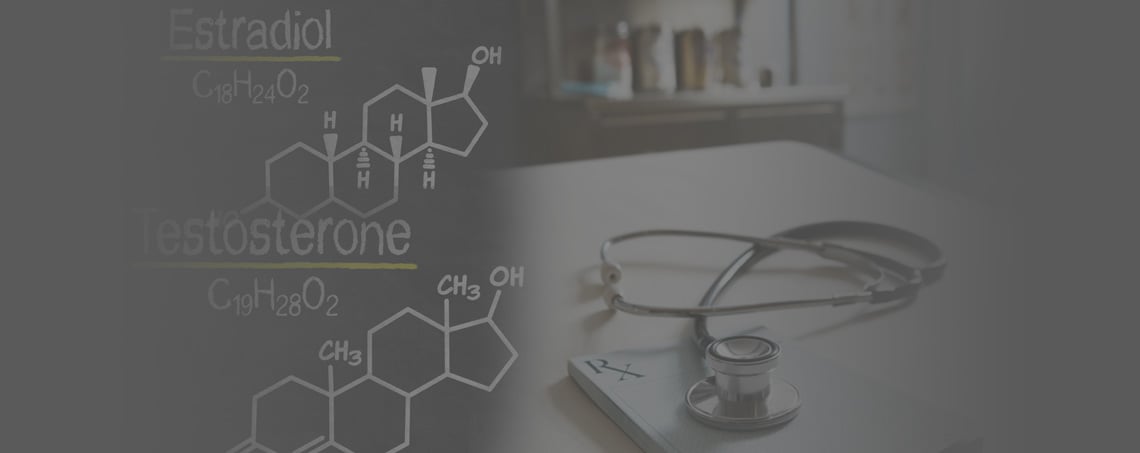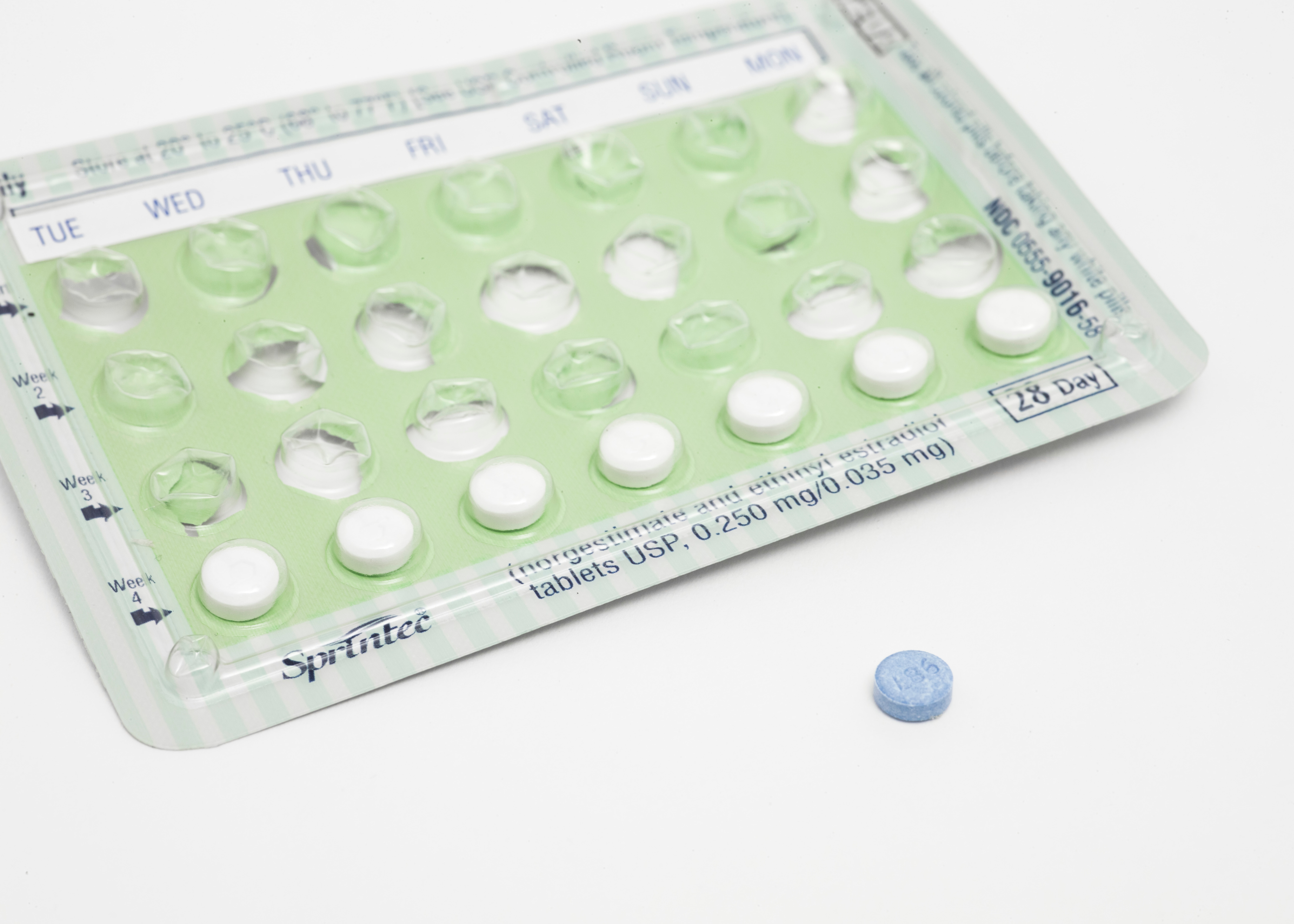How Do I Lower My DHEA Levels via Hormones
In this article, we will once again going to look at how do I lower DHEA levels. Here we will focus more on the role of sex hormones and how they feedback to inhibit things which then raise DHEA levels. We will look at the role of estrogen and testosterone to help you better understand what's going on in your body, get your DHEA levels down, and your overall hormone levels balanced.
If you want to know what is driving your high DHEA levels, keep reading.
Last time we we talked about the role of a specific enzyme, 3-beta-hydroxysteroid dehydrogenase on DHEA levels. This time we're going to further that discussion but look at it from the hormonal feedback loops. This is where different hormone levels feed back and affect the enzyme and ultimately influence your DHEA levels. When referencing hormone levels, we are mainly talking about the activity of the hormones on the receptor sites. The main two receptors that we want to discuss are the androgen and estrogen receptors. Both a high amount of activity at the androgen receptor and the estrogen receptor will down regulates the enzyme 3-beta-hydroxysteroid dehydrogenase. In doing so there is reduction in your bodies ability to convert DHEA-s into androstenedione and other androgens. The reduction is more like a dimmer switch than a light switch. So if you have a really high DHEA sulfate level, you should check your testosterone, estradiol, and other estrogens to gauge their relative abundance. Higher levels in your blood means more binding to the estrogen receptor. Estradiol is the main hormone that will activate the estrogen receptor but there are other types of estrogen too. So in some cases it makes sense to looking at the total estrogens in one's body.
For androgens the main one is testosterone but there are other metabolites of testosterone that may be worthwhile looking at as well. If all these are high (including the estrogens), then you would want to focus on the clearance of these molecules. You can do this by enhancing your detoxification systems. It's important to keep in mind though, especially with estrogen(s) in females, what looks high at one point in your monthly cycle may look low at another point. The highs and lows for estrogen vary based on the time of your cycle. You wouldn't want to just look at the number and make a decision, you need to look and see what the numbers are relative to where you're at in your cycle. For instance, are you in ovulation, luteal, or follicular phase? We will look at this in more detail in another article. That article will look at female hormone lab testing and how to interpret these lab results. In most cases this may require expertise from a doctor that looks at hormone levels on a regular basis.
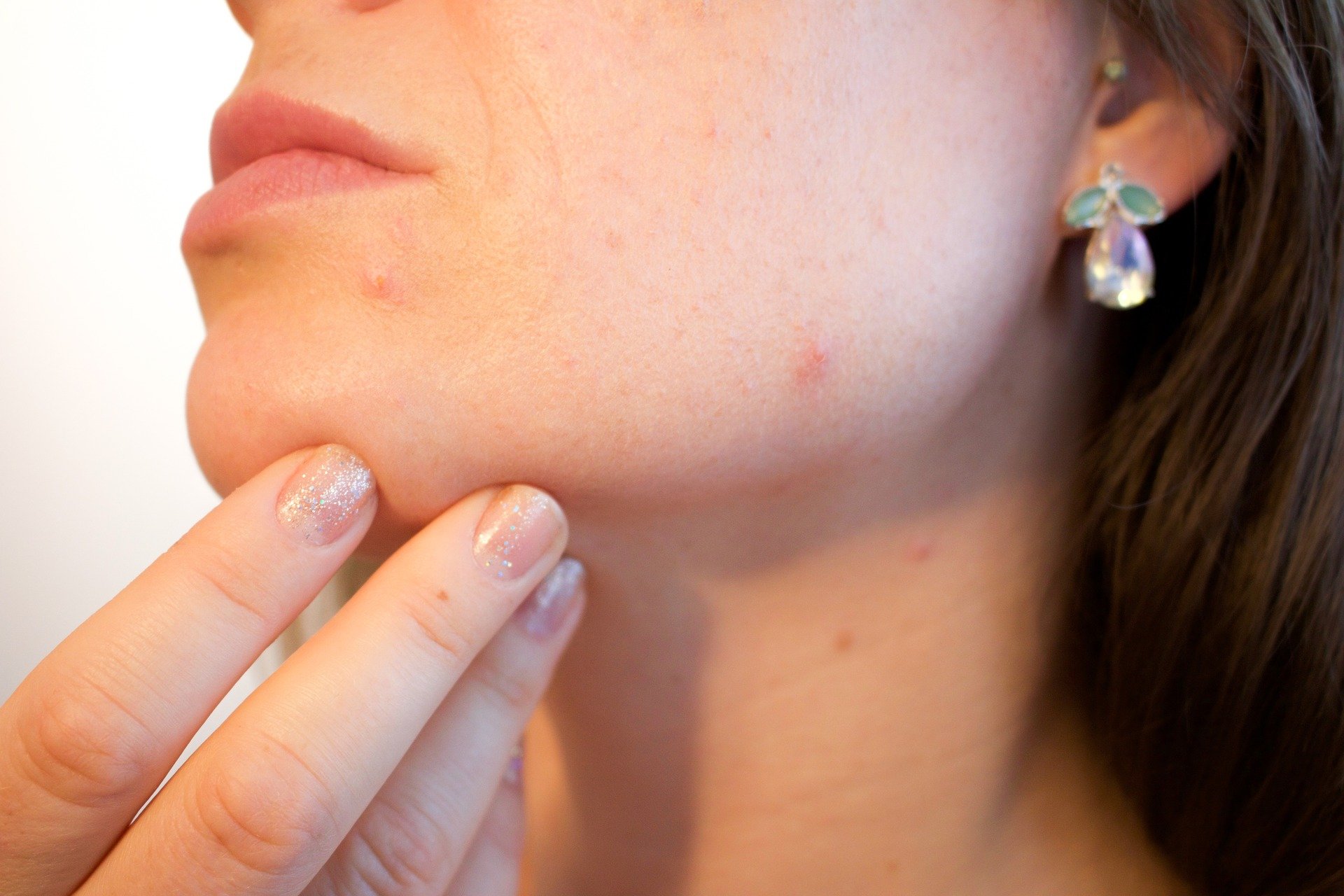
If we decide that the overall levels are high that means we want to help your body eliminate some of these hormones (the estrogens and and testosterone). How are these typically eliminated from the body? Testosterone gets converted into estrogen and dihydrotestosterone. One approach then, is to focus on lowering estrogen levels. There are two main pathways for your body to detoxify estrogens, sulfation and glucuronidation. If you are going to take this approach, you have to make sure you actually have high estradiol or estrogens. You will want to check your levels multiple times depending on your clinical presentation (a lot of symptoms of high estrogen). If everything lines up, one approach is to take something that helps enhance glucoronidation. Glucuronidation is a process by which a glucurate molecule is put on estrogen (or other toxins) This helps the molecule get excreted from the body, through the urine and the end digestive tract. Sulfation and many other detoxification pathways are collectively called conjugation. The molecule gets pasted or connected on the toxin. This helps the toxin get eliminated from the body easier.
So you can enhance glucuronidation by taking calcium D-glucorate and you can enhance sulfation by adding more cysteine to your system like N-acetylcysteine, for instance. The relative dose and frequency of these depends on the clinical picture. You can get a better understanding from a doctor that works with hormones to help you. If your overall hormone levels are normal maybe you just have a high free testosterone or high normal testosterone and high free testosterone. In this case the focus may be more on raising sex hormone binding globulin.
In general sex hormone binding globulin goes down when the overall anabolic signal (like hormones), outweigh the catabolic signal. Anabolic signals are things like testosterone, insulin, and insulin like growth factor. When you are overweight, oftentimes there is more insulin resistance and more insulin in your body. If not now, there probably was at some point. It does take time for that insulin to wash out and shift. When your body is flooded with more of these anabolic signals, it means your sex hormone binding globulin will be lower. Lower sex hormone binding globulin means more free testosterone. The binding globulin basically binds up the different hormones so they can't bind to their corresponding receptor. This activity then down regulates the activity of 3-beta-hydroxysteroid dehydrogenase. So if you have high free testosterone but everything else looks normal, you want to raise your sex hormone binding globulin the best you can. The main way you're going to do that is through reducing insulin. Another way to approach that is with estrogen. Estrogen levels raise sex hormone binding globulin.
Keep in mind these things are in a dynamic balance not static. It's not a light switch. Instead all these molecules floating around binding to the receptors. Depending on what else is going on in your body, you may have a minor relative excess or a minor relative deficiency. These will not make much difference. When the levels are over the top high, things start to shift and you see these abnormal levels in your blood like high DHEA sulfate levels.
When you have high DHEA levels, you may have to stay after the plan and be really consistent and persistent in your efforts to get these signals to change. You may not see the results of your efforts for two, three, or even four months. As you keep after it there should be a steady improvement in your DHEA levels. Keeping an eye on these other signals will help you understand whether or not you're getting better in a linear way and adjustments you need to make progress. Also I wanted to note when you're looking at sex hormone binding globulin many things can alter these levels. For instance, being in a fed or fasted state, hypothyroid, can all affect SHGB. With this in mind, it's important not to over interpret any one result. Instead look for a consistent pattern. This is how you know when you need to act.
Another thing to look at and understand is it's the overall stimulation to the androgen and estrogen receptors. Remember these down regulate the 3-beta-hydroxysteroid dehydrogenase. This will raise your DHEA-s. Another thing to consider is the fact that dihydrotestosterone (DHT) is somewhere around ten times as strong as actual testosterone. If you have a relatively normal testosterone you can still have a much higher dihydrotestosterone. The conversion of testosterone into DHT occurs through an enzyme called alpha 5-reductase. Sometimes women with PCOS and other related issues like high DHEA sulfate levels have low progesterone and theme of estrogen dominance. Sometimes estrogen dominance comes from not enough progesterone other times it is an excess estrogen. With decreased progesterone there is less regulation of alpha 5-reductase enzyme. This can lead to more DHT and more stimulation of the androgen receptor. More DHT means decreased 3 beta-hydroxysteroid dehydrogenase and higher amounts of DHEA. These are basic endocrine feedback loops. Hormones do have to be checked at specific times of mensural cycle to gage whether it is low or high. When progesterone is low this it is something to consider as a therapy or a therapeutic avenue to get your DHEA levels balanced.
Remember there are multiple layers of feedback going on with hormones. Any one feedback loop may be influencing your body's ability to convert the DHEA and DHEA-sulfate into other things more than another one. Because of these layers it is important to consult with your doctor because you may be missing a piece of the puzzle.
That should give you a better understanding of how to lower your DHEA levels. This was part three in a four part series on how do I lower DHEA levels. If you have questions about the content in this article, please ask it in the comment section below.
If you want a customized plan on how to lower your DHEA levels click in the link below to get started.
